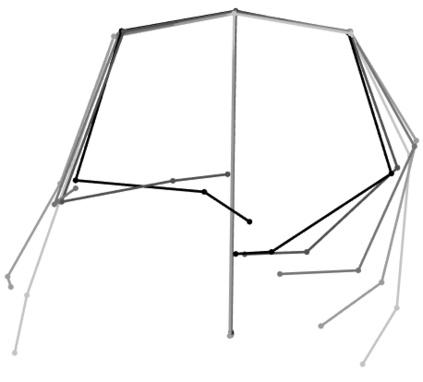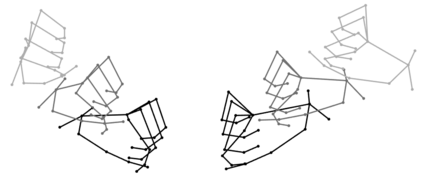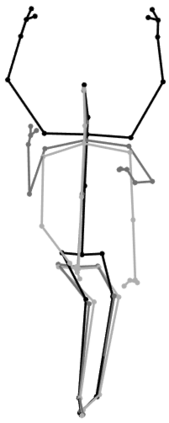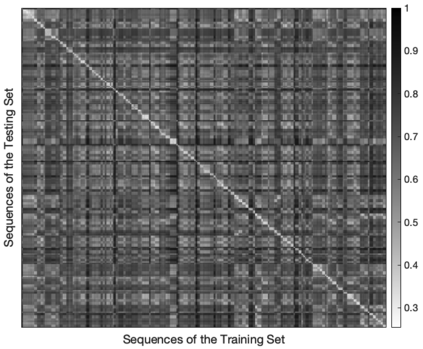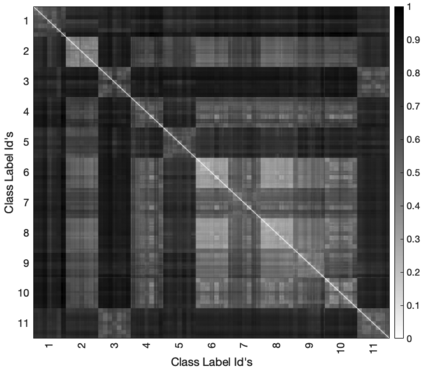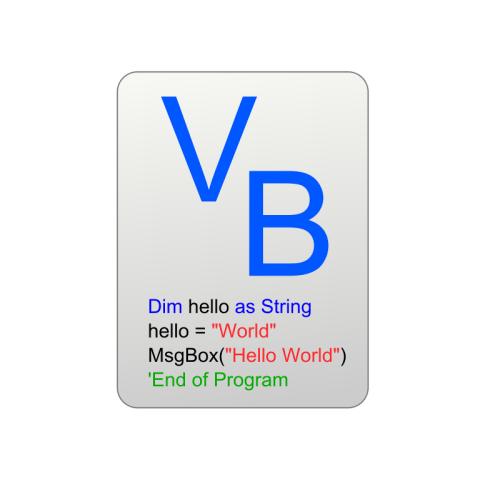Recent advances in tracking sensors and pose estimation software enable smart systems to use trajectories of skeleton joint locations for supervised learning. We study the problem of accurately recognizing sign language words, which is key to narrowing the communication gap between hard and non-hard of hearing people. Our method explores a geometric feature space that we call `sub-skeleton' aspects of movement. We assess similarity of feature space trajectories using natural, speed invariant distance measures, which enables clear and insightful nearest neighbor classification. The simplicity and scalability of our basic method allows for immediate application in different data domains with little to no parameter tuning. We demonstrate the effectiveness of our basic method, and a boosted variation, with experiments on data from different application domains and tracking technologies. Surprisingly, our simple methods improve sign recognition over recent, state-of-the-art approaches.
翻译:跟踪传感器和估算软件方面的最新进展使智能系统能够使用骨骼联合地点的轨迹进行监督学习。我们研究了准确识别手语的问题,手语是缩小听力人硬和非硬沟通差距的关键。我们的方法探索了我们称之为“子skeleton”运动方面的几何特征空间。我们利用自然、速度变化中的距离测量方法评估了地貌空间轨迹的相似性,从而可以对最近的近邻进行清晰和有见地的分类。我们的基本方法的简单性和可缩放性使得可以立即在不同的数据领域应用,而几乎没有参数调整。我们展示了我们基本方法的有效性,以及随着不同应用领域的数据和跟踪技术的实验而出现的变异性。令人惊讶的是,我们简单的方法提高了对最近最先进的方法的标志识别。












